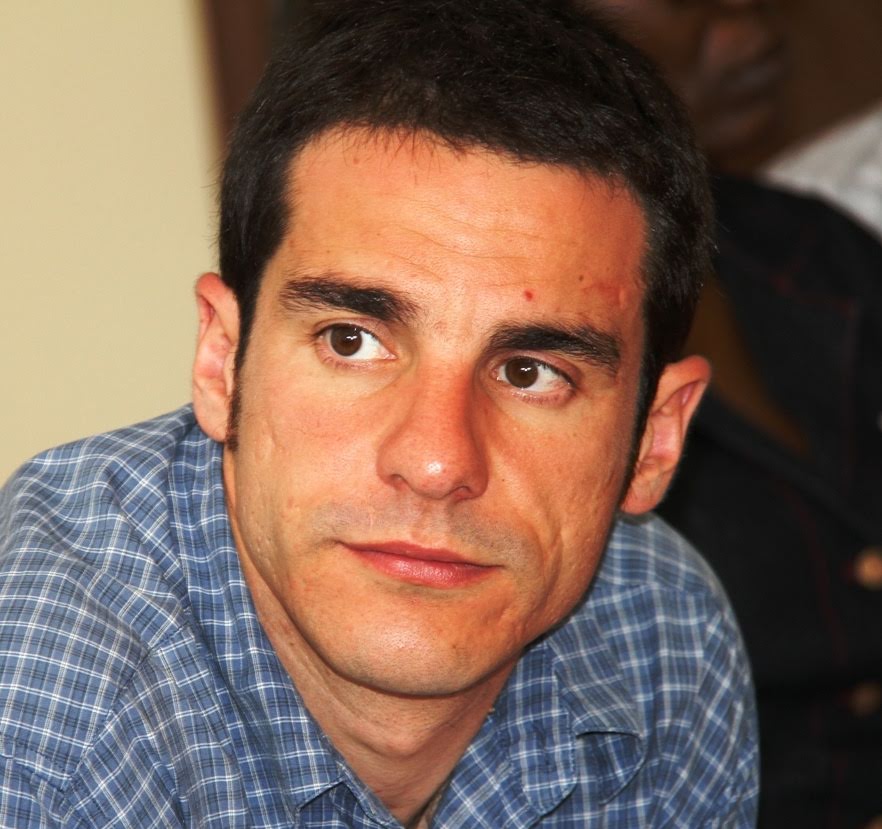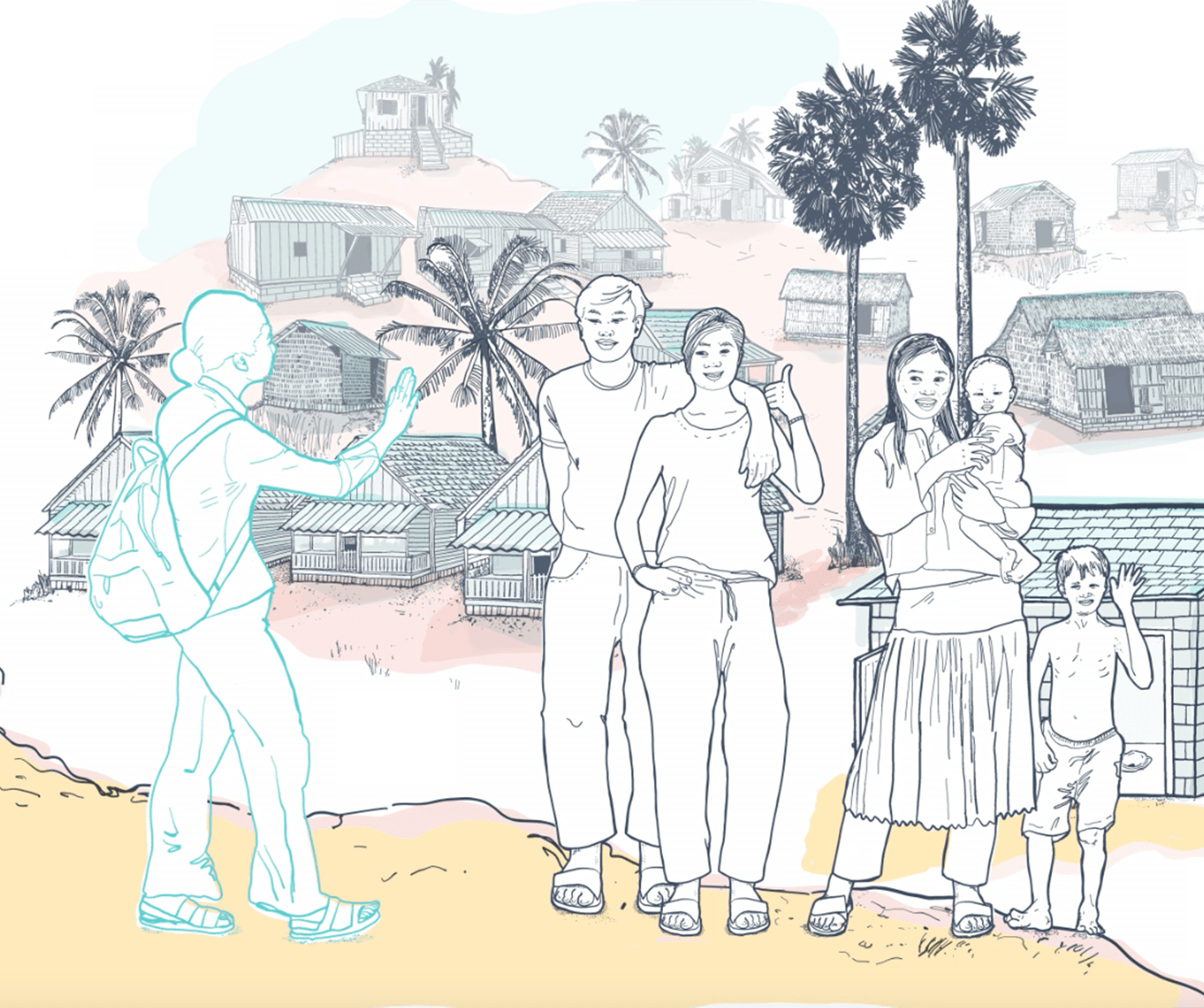Moving up the sanitation ladder should not be viewed as a step-by-step process; sanitation marketing provides the opportunity to rise to any level of the sanitation ladder depending on affordability and willingness to pay.
This is a book chapter taken from Sustainable Sanitation For All: Experiences, Challenges and Innovations.
This chapter draws on experiences of three large sanitation programmes in Malawi, Tanzania, and Zambia, and discusses eight aspects to consider when integrating Community-Led Total Sanitation (CLTS) and sanitation marketing: phasing; affordability; financing; the supply chain; masons and entrepreneurs; informed choice; technology; and monitoring.
Working out the optimal moment to phase sanitation marketing and CLTS to ensure that community initiative and the behaviour change process is not stifled by imposing inappropriate or unaffordable designs, is still part of our emerging learning.
The chapter discusses programme experiences, where progression up the sanitation ladder has been slow, with many households remaining with basic, unimproved toilets. Identified in all the programmes was the need to develop low-cost, durable, and acceptable products that respond to the needs of all.
(Updated June 2023: the authors have published two blogs reflecting on this chapter and progress since 2016, ‘Lessons from sanitation marketing field experiences in Zambia and ‘CLTS and sanitation marketing: experiences and learning from Malawi‘)










